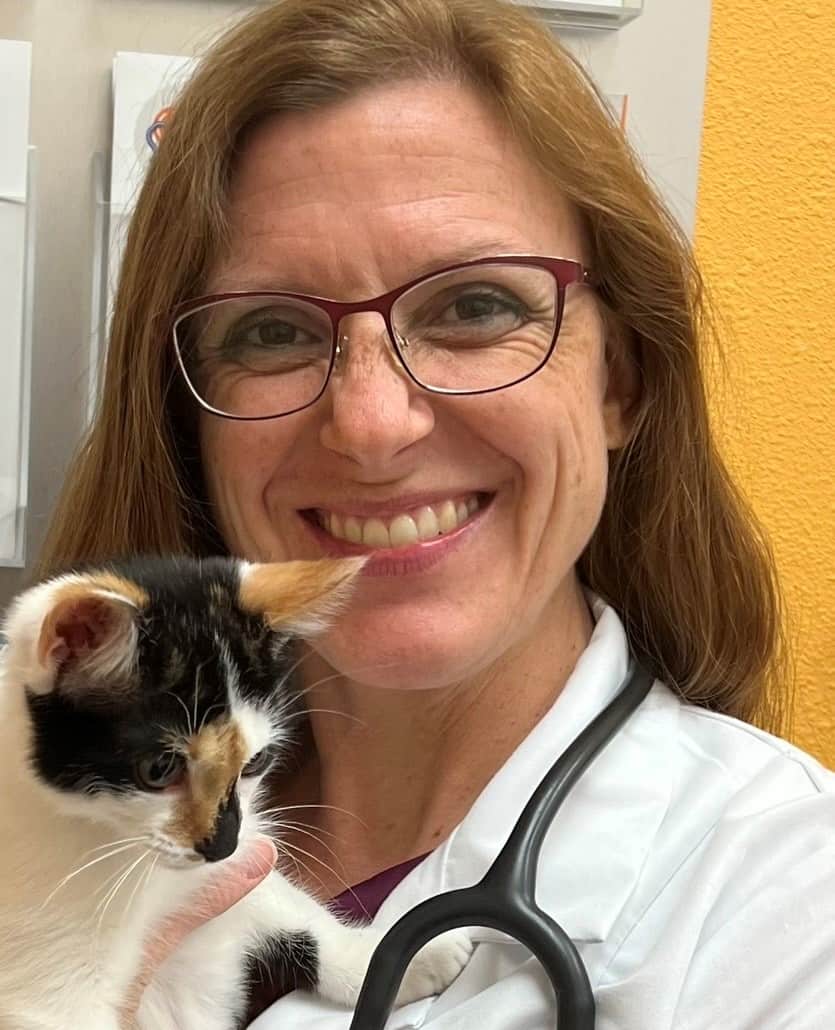Journey Through the Equine GI Tract

Follow fodder’s fate through a horse’s digestive tract
When someone mentions the equine gastrointestinal (GI) tract, what do you think of first? Maybe you immediately picture the abdomen, where the bulk of this body system lies, moving ingesta along through its twists and turns of intestine. Or, your mind might roam to the mouth, responsible for consuming the forages, concentrates, and supplements you have worked hard to source. Conversely, you consider the hind end, producer of the mounds of manure you spend hours mucking, picking, and transporting from one place to another.
Unlike some organ systems, the GI tract changes immensely from one section to the next, with each segment aimed at one specific goal: providing energy (calories) for the horse’s body. In this article we’ll explain how each part of the equine GI tract is designed to break down plant products to produce energy. We’ll also describe each region’s special characteristics and the medical conditions that can develop there. Note that all measurements included here refer to an average 500-kg (1,100-lb) horse.
Head First
Horses use their lips to painstakingly procure food, sifting through this plant and that to pick the perfect stem or leaf with their lips and incisors to deliver to the oral cavity. Once the plant or feed is within the mouth, enzymes in the saliva begin to break down its tough cell walls while simultaneously wetting and lubricating it for the upcoming voyage. The molars and premolars also assist by physically breaking down the plants to create a moist, semidegraded food bolus the horse then swallows TheHorse.com is home to thousands of free articles about horse health care. In order to access some of our exclusive free content, you must be signed into TheHorse.com. Already have an account?Create a free account with TheHorse.com to view this content.
Start your free account today!
and continue reading.

Written by:
Stacey Oke, DVM, MSc
Related Articles
Stay on top of the most recent Horse Health news with















